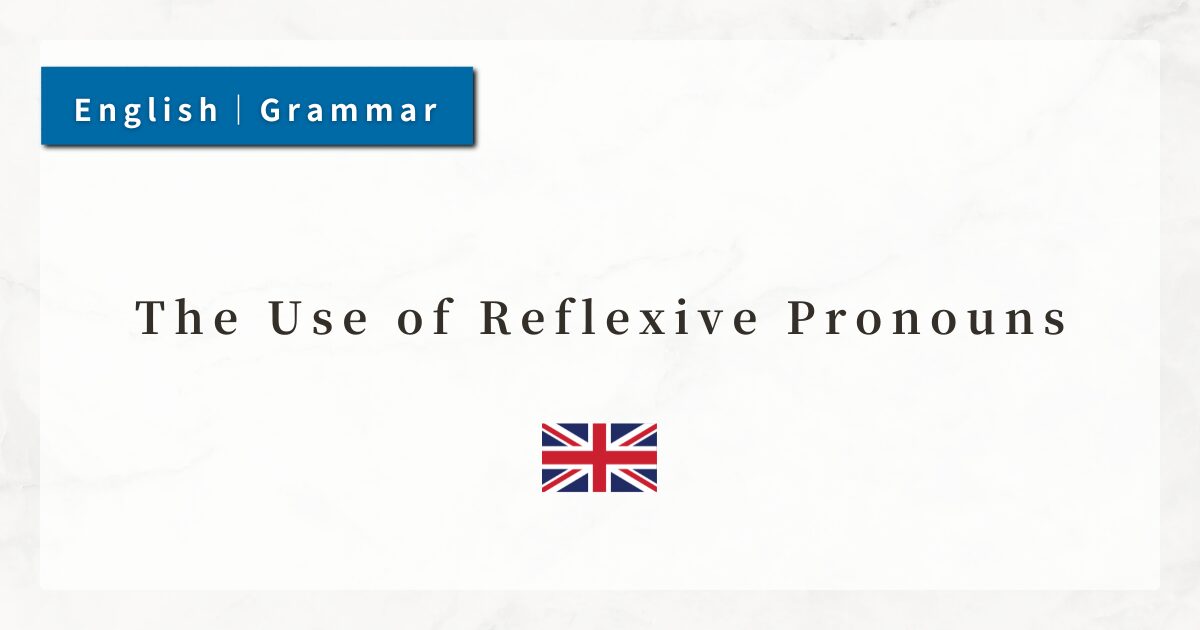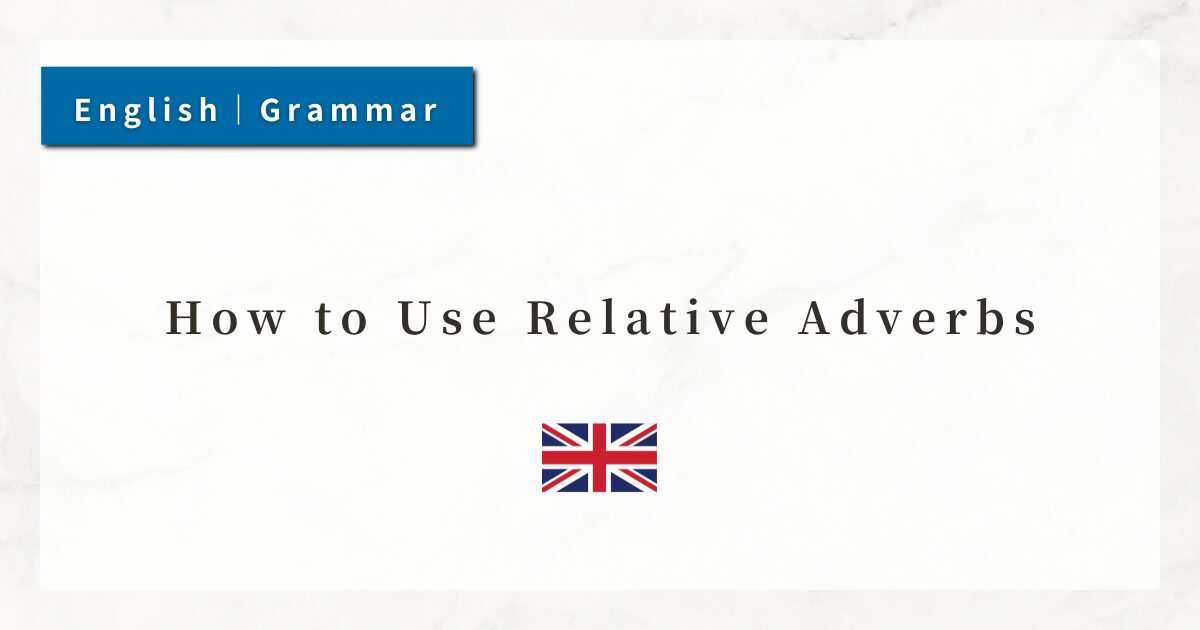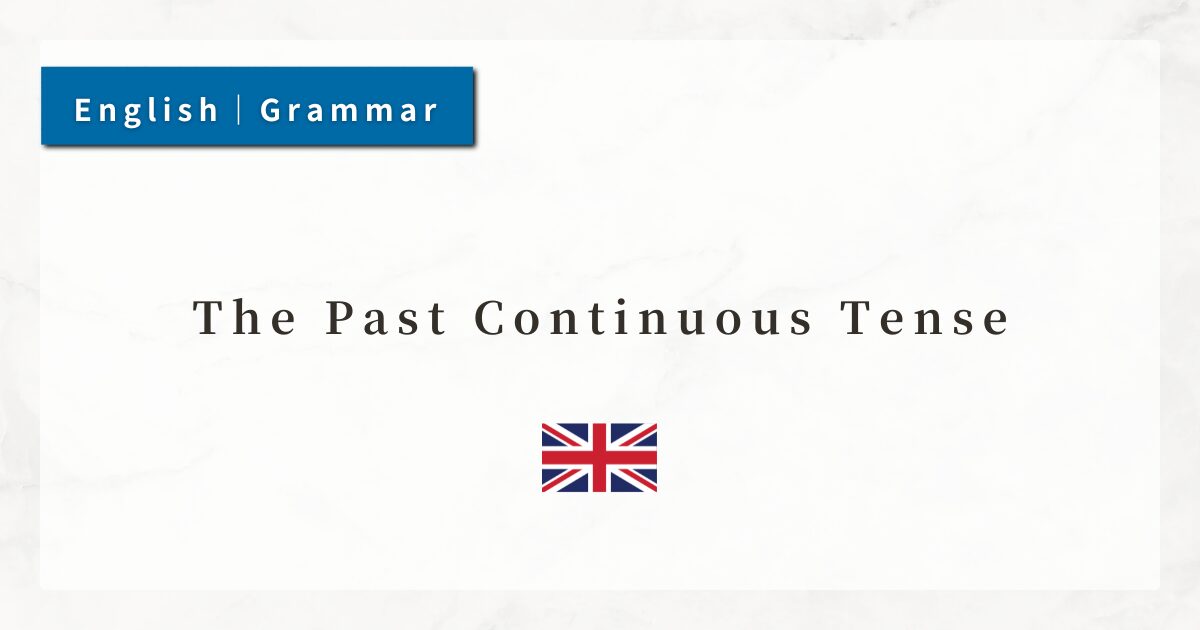#32 The Use of Reflexive Pronouns|How to Use myself, yourself, and Others

In English, reflexive pronouns are used to express the meaning of “oneself” or “by oneself.”
They are used when the subject and the object refer to the same person or thing, and they can indicate either “an action directed at oneself” or “emphasis.”
In this lesson, I will explain the basic forms, uses, and important points of reflexive pronouns.
1. The Basics of Reflexive Pronouns
Reflexive pronouns are used when the subject and object refer to the same person. They make it clear who the action is directed toward.
For example, when I say, “I blamed myself,” the action is directed toward myself. In English, this is expressed with a reflexive pronoun.
Reflexive pronouns are formed by adding -self (singular) or -selves (plural) to a personal pronoun.
| Personal Pronoun | Reflexive Pronoun |
|---|---|
| I | myself |
| you | yourself |
| he | himself |
| she | herself |
| it | itself |
| we | ourselves |
| you (plural) | yourselves |
| they | themselves |
2. When the Subject and Object Are the Same
The most basic use of reflexive pronouns is when the subject and object refer to the same person or thing.
- She looked at herself in the mirror.
- I cut myself while cooking.
If I remove the reflexive pronoun and say, “She looked at her,” it changes the meaning to “She looked at another woman.”
Therefore, reflexive pronouns clearly indicate that the action is directed at oneself.
3. by oneself (“alone” or “on one’s own”)
When used in the form by oneself, reflexive pronouns mean “alone” or “by one’s own effort.” The pronoun changes depending on the subject.
- He did his homework by himself.
- I traveled to Paris by myself.
This expression is frequently used in conversation. It carries the nuance of “without anyone’s help,” making it useful for emphasizing that something was done independently.
4. Reflexive Pronouns for Emphasis
Reflexive pronouns can also be used for emphasis, meaning “the person themselves” or “no one else but that person.”
- The president himself attended the meeting.
- I made this cake myself.
In this case, reflexive pronouns emphasize that the action was carried out by the person themselves.
5. Summary
- Reflexive pronouns are formed by “pronoun + self / selves” to mean “oneself.”
- They are used when the subject and object refer to the same person (e.g., I hurt myself.).
- In the form by oneself, they mean “alone” or “independently.”
- They can also be used for emphasis (e.g., I did it myself.).




